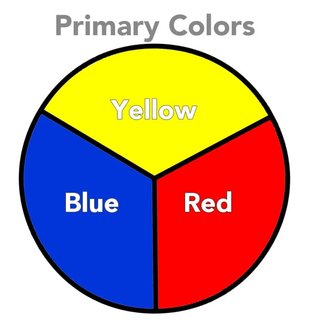

However, it might be more complicated than this, and some say that the yellow-green section of the spectrum responds better than the red when it comes to how the receptors in the eye respond. So, these colors are said to be the primary colors for the additive color model and are what happens when you look at a computer screen or television.įor example, if you combine green and blue light, you should come up with a cyan color. The experiments led to the theory that red, green, and blue are the primary colors that all other colors come from. This was then used to develop the first visual representation of colors known as the color wheel. He used the prism to refract white light, which split into different colors and when recombined, they formed white light. There are two principal types of color mixing models called additive and subtractive colors.Īdditive colors were originally discovered by Sir Isaac Newton when he was experimenting using a prism and mirrors. Everything is about how colors enter the eye. So, therein lies the major difference between the primary colors. This means we have trichromatic color vision. We have three types of cones, mainly green, red, and blue. When it comes to light and the RGB model, and how we see color, it involves color receptors in the retina, which are known as cone cells, and these are responsible for color vision and sensitivity.

Some colors are sent directly to the eyes, while others reach the eyes through a reflection. Speaking of, the eye is an amazing organ, and how it perceives color is due to where the color comes from. The other is the CMYK model which includes cyan, magenta, yellow, as well as black, and is mainly utilized for printing.Īs you can see a primary color definition is more than meets the eye. These involve the RGB color model, which has red, green, and blue as your primary colors, and is used with things like television screens and computer images. So, there are other color models you should consider. This is because the traditional color theory only involves the use of pigments in paint and does not take into consideration the way light blends color. However, when it comes to how many primary colors there are, it is a little more complex than this. The traditional color theory we all learned when painting, tells us that there are three main colors, red, yellow, and blue. A basic explanation is that primary colors can be pigments or light, that when combined, create a myriad of other colors.


 0 kommentar(er)
0 kommentar(er)
